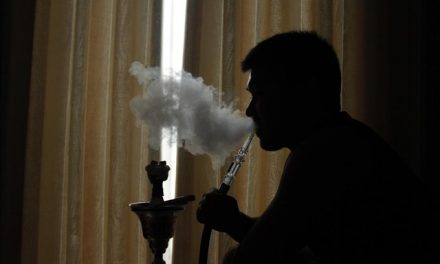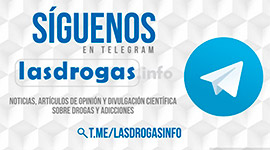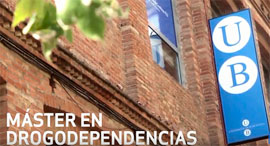The first step of aggressive nicotine addiction therapy is, «assessing severity of tobacco addiction,» Matthew P. Bars of the Institute for Better Breathing in Fort Lee, New Jersey told Reuters Health. Those more heavily addicted may require an intensive therapeutic regime that includes medically appropriate diagnostic testing, motivational counseling, and combination pharmacotherapies.
The first line of pharmacotherapy for heavily addicted smokers includes bupropion, nicotine inhalers and nasal sprays, and nicotine patches and gum. The second line of medications may include clonidine and nortriptyline. «Any combination of these medications is tailored to patients clinical findings,» Bars said.
In a 12-center study of approximately 600 smokers who were not motivated to quit smoking, Bars noted that counseling combined with bupropion therapy motivated 14% of the smokers to quit. He reported that just 8% of the smokers receiving counseling and placebo were motivated to quit smoking. Prior to quitting, cotinine levels in the urine of treated smokers were reduced by 20% versus about 8% in the smokers receiving placebo, Bars added.
He cited data from another study that shows «more heavily addicted smokers require a higher percentage of nicotine replacement to achieve efficacy.»
«Ideally, I would like to see every physician [and] pulmonologist aggressively treating tobacco dependence,» Bars told Reuters Health. «Doing so,» he added, «picks up early disease and therefore saves lives.»

- Inicio
- Actualidad
- Adicciones
- Guías
- Recursos
- Quiénes somos
Seleccionar página






